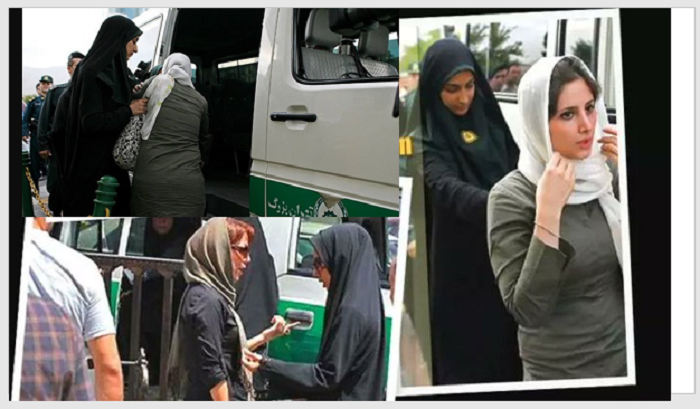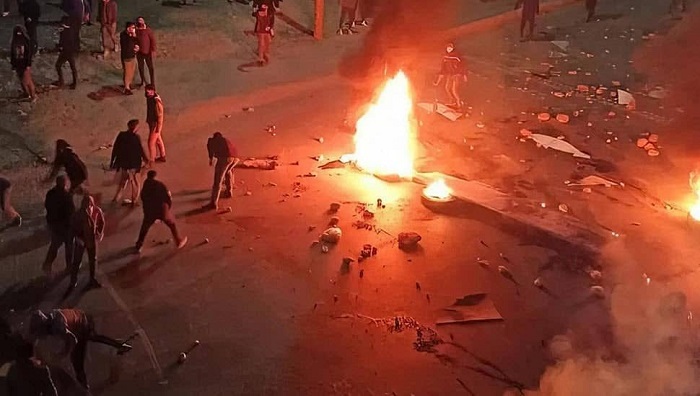

Warning of a possible revolt by “the army of the hungry,” government officials are increasingly aware of the disaffection simmering among the less privileged segments of society. While suppression of dissent remains a principal strategy of the regime’s Supreme Leader, Ali Khamenei, this approach risks fanning the flames of further unrest. The regime is locked in a delicate balance of power, where a single misstep could trigger a catastrophic backlash and expedite its downfall.
This precarious situation is evident in the recent revival of morality police patrols on July 16, aimed at enforcing women’s adherence to hijab rules. Saeed Montazer-al-Mahdi, the spokesperson of the State Security Forces (SSF), publicly reinstated these patrols at the behest of the chiefs of the three branches of power.
However, in a seemingly chaotic response, within 48 hours, the state-run Tasnim news agency reported that President Ebrahim Raisi had no involvement in the decision. This indirect denial was rapidly dismissed, with an unnamed official insisting that any denials should come directly from the SSF.
The resistant and resilient women of #Iran will stand up to the tyranny and oppression of the mullahs and the IRGC and defeat them. Iranian people and women will fight back with all their might.#WomenForce4Changehttps://t.co/WA7t3CMroz
— Maryam Rajavi (@Maryam_Rajavi) September 16, 2022
Ensieh Khazali, an advisor to President Raisi on family and women’s affairs, reiterated on July 19 that the President was not involved in the patrol reinstatement. This statement drew criticism from Hossein Sharyatmadari, editor-in-chief of Kayhan newspaper, who called for more precision in statements that could undermine the President’s role.
Mohammad Mohajeri, a close associate of Khamenei and editor-in-chief of Khabar Online, contextualized the controversy. He recalled Raisi’s inconsistent stance during a 2019 fuel price hike, further emphasizing the recurrent contradictions within the clerical regime.
These contradictions now illuminate a deeply disconcerting landscape where authorities are constantly weighing bad against worse. The regime’s unease is palpable as it gauges society’s reaction to their decisions, fearing that the repercussions of a poor choice could be graver than indecision itself.








